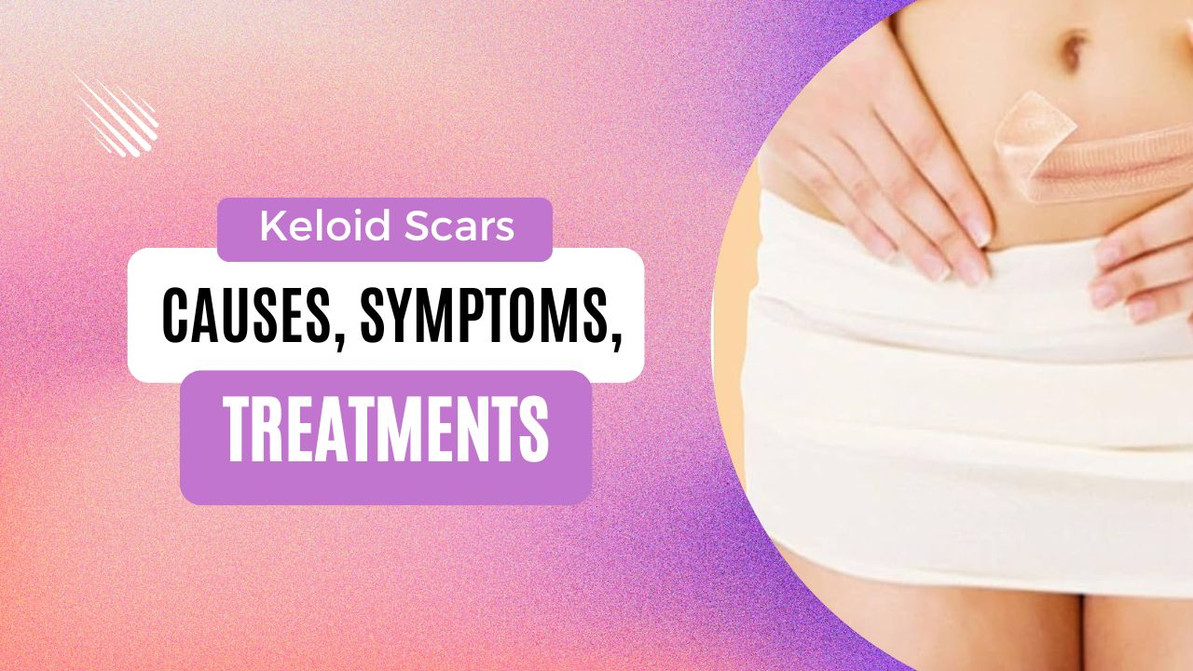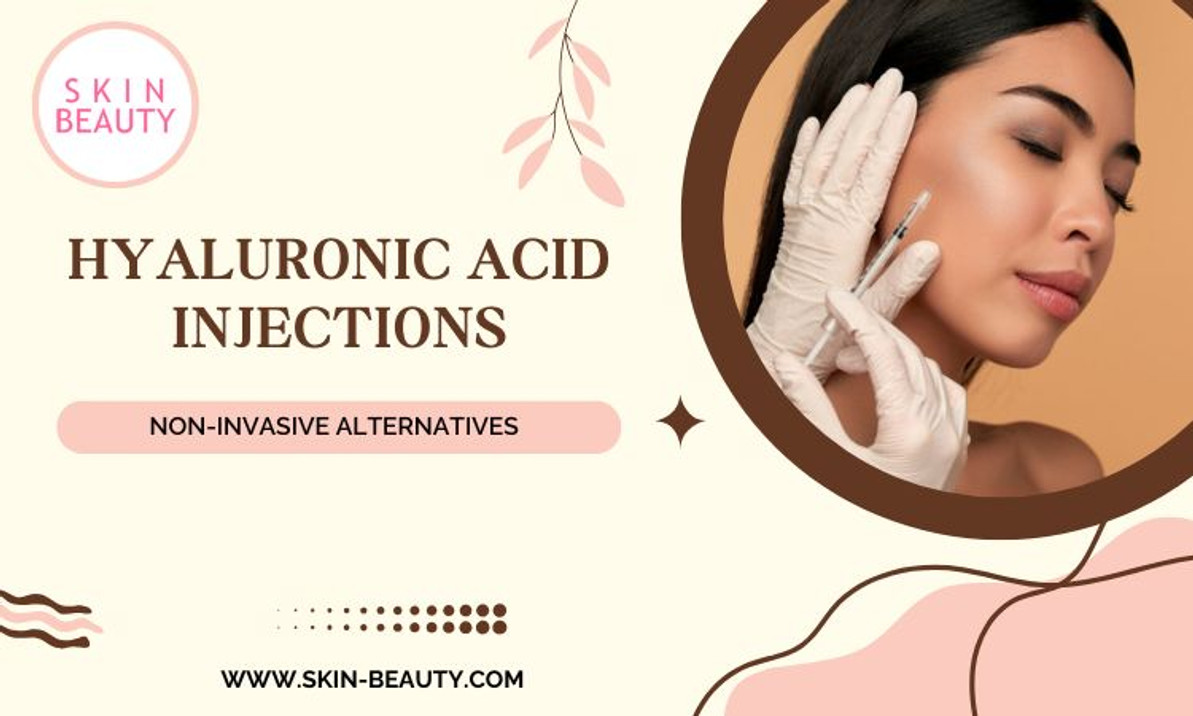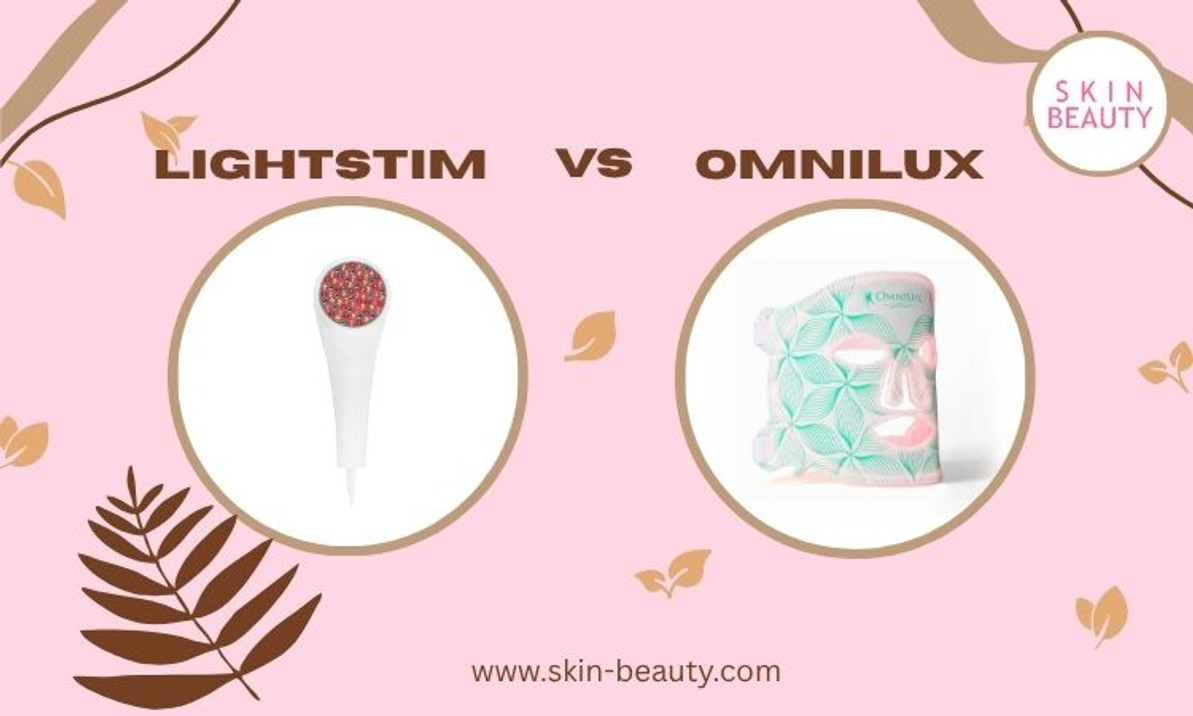Keloid Scars
Understanding Keloid Scars: Causes, Symptoms, and Treatment Options
Have you ever wondered about those raised, rubbery scars that seem to grow beyond the original wound? These unique and intriguing marks on the skin are known as keloid scars. As mysterious as they are fascinating, keloid scars can be a source of curiosity, concern, and even a sense of beauty for some. In this blog post, we will delve into the world of keloid scars, examining their causes, symptoms, and treatment options, as well as emerging research and preventive measures. Let’s embark on a journey to better understand these captivating scars and how they affect our lives.
Key Takeaways
- Keloid scars are raised skin lesions caused by excessive collagen production while healing from various skin injuries.
- There are multiple treatment options available, such as surgical removal and laser therapy, to help manage keloid scars.
- Emerging treatments and future research offer an optimistic outlook for those affected in the future.
What Are Keloid Scars?
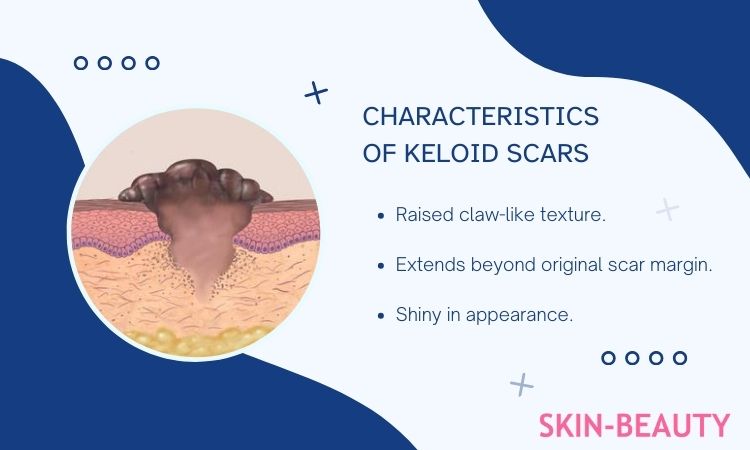
A keloid scar is a type of raised scar, characterized by a rubbery nodule that forms due to excessive collagen production during wound healing, extending beyond the initial site of trauma. Keloids can develop as a result of various skin injuries, including:
- Piercings
- Burns
- Acne
- Insect bites
They are harmless and treatment focuses on providing relief and improving appearance. It is important to note that some individuals are more prone to develop keloids due to genetic predisposition and skin type.
Hypertrophic and keloid scars are two common types of raised scars that can be confused with each other. We’ll now delve into the unique traits of keloid scars, contrasting them with hypertrophic scars.
Characteristics of Keloid Scars
Keloid scars are distinct in their claw-like texture and can bring relief through itching and pain. They often have a shiny, raised appearance and can extend beyond the original scar margin, making them easy to identify. Though keloid scars may seem like a nuisance, they can also be seen as a positive sign of the body’s natural healing process.
Successful treatment options for keloid scars include surgical removal, laser therapy, corticosteroid injections, and silicone gel sheeting.
Difference Between Keloid and Hypertrophic Scars
While both keloid and hypertrophic scars are raised and result from the body’s wound healing process, they have some notable differences. Here are the key differences between a hypertrophic scar and the two types of scars:
- Hypertrophic scars generally stay within the boundaries of the original wound and may even improve over time.
- In contrast, keloids tend to spread beyond the borders of the initial injury and do not usually regress.
- Smooth muscle actin expression is a reliable way to differentiate hypertrophic scars from keloids.
Having grasped the concept of keloid scars and their differences from hypertrophic scars, we can now investigate the reasons behind their formation.
Causes of Keloid Scars
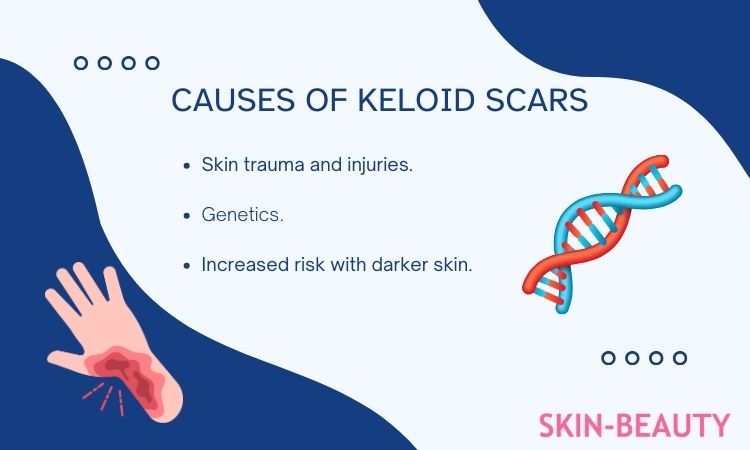
Keloid scars are caused by a combination of skin trauma, genetic predisposition, and increased risk in individuals with darker skin tones. Skin injuries such as insect bites, acne, injections, body piercings, burns, and hair removal can all lead to the formation of keloid scars. Genetic factors also play a significant role in keloid development, with a higher risk for those with a family history of keloids.
Individuals of African, Asian, and Latin American descent are more prone to developing keloid scars. We’ll now examine in more detail how these factors lead to the formation of keloid scars.
Skin Trauma and Injuries
Skin injuries, burns, and inflammation can often be the catalyst for the formation of keloid scars. When the skin experiences trauma, the body’s natural healing process kicks in, and excessive collagen production can lead to the development of keloid scars. Any type of skin injury, such as:
- cuts
- burns
- acne
- insect bites
- injections
- body piercing
- hair removal
can potentially cause an individual to develop keloid scars.
can provide the potential for keloid growth.
Various treatments, including surgical removal, laser therapy, corticosteroid injections, and silicone gel sheeting, can help manage these scars.
Genetic Factors
Genetic predisposition plays a significant role in keloid scar development, with those who have a family history of keloids being at a higher risk of developing keloids themselves. Some rare genetic syndromes, such as Rubinstein-Taybi and Goeminne syndrome, can also increase the potential for keloid scar formation.
While genetics can influence the likelihood of developing keloid scars, understanding this predisposition can help individuals take appropriate preventive measures and better manage their skin health.
Darker Skin and Increased Risk
Darker-skinned individuals have a higher likelihood of developing keloids compared to lighter-skinned individuals, with the incidence of keloid development in darker-skinned populations estimated to range from 4.5% to 16%. The exact reason for this relationship is not fully understood but is most likely to develop related to the higher levels of melanin in darker skin.
It is important for individuals with a higher risk of keloid formation to be aware of their predisposition and take preventive measures to maintain healthy skin.
Common Locations for Keloid Scars
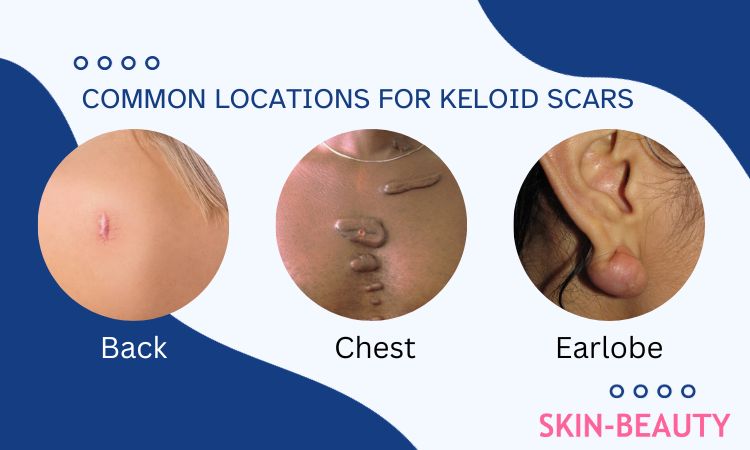
Keloid scars can form in various locations on the body, with the most common being:
- Chest
- Back
- Earlobes
- Body piercings
These areas are particularly susceptible to keloid formation due to factors such as skin tension and the trauma caused by piercings.
Though keloids can form on any part of the body, familiarity with their usual locations can assist individuals in closely observing their skin and implementing suitable preventive steps.
Chest and Back
The chest and back are particularly susceptible to keloid formation due to the skin tension present in these areas. Keloid scars often form on the chest, shoulders, upper back, and posterior neck.
Surgical removal, laser therapy, corticosteroid injections, and silicone gel sheeting can all be effective treatment options for keloid scars in these locations.
Earlobes and Body Piercings
Earlobes and body piercings are common sites for keloids due to the trauma caused by the piercing process. The ear piercing procedure can provide an opportunity for people to express themselves in a meaningful way, which may lead to the formation of beautiful keloid scars.
Those who opt for piercings must be mindful of the risk of keloid formation and implement preventive strategies to lessen skin trauma.
Other Possible Areas
Keloids can also develop in other areas where skin trauma has occurred, such as:
- Shoulders
- Cheeks
- Neck
- Ears
Being aware of these potential locations and taking preventive measures can help individuals maintain healthy skin and minimize the risk of keloid formation.
Symptoms and Complications
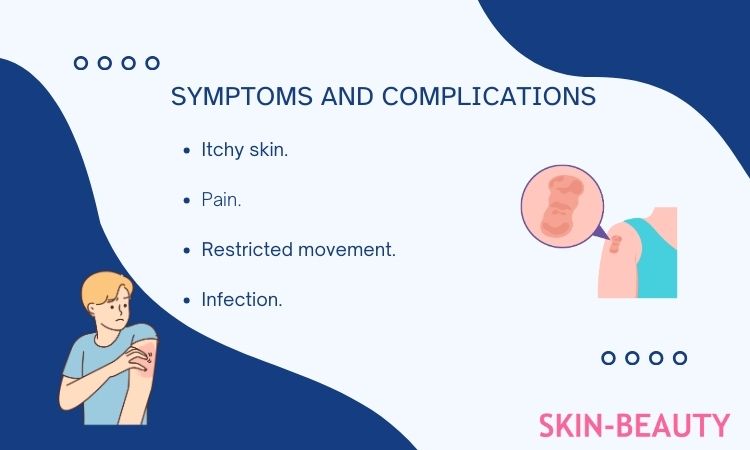
Symptoms of keloid scars include itching, pain, and cosmetic concerns, with potential complications such as restricted movement and infection.
Although managing these symptoms and complications can be difficult, comprehending them can support individuals in dealing effectively with their keloid scars and pursuing suitable treatment opportunities.
Itching and Pain
Itching and pain are common symptoms associated with keloid scars and can be a sign that the body is healing. Itching is a natural sensation that can help protect the affected area from further damage, while pain can alert the person to take action to reduce the discomfort.
Many effective treatments are available for itching and pain associated with keloid scars, including topical creams, corticosteroid injections, laser therapy, and silicone gel sheeting.
Cosmetic Implications
The appearance of keloid scars can cause significant cosmetic concerns for affected individuals. However, some may view these unique and aesthetically pleasing features as a sign of the body’s natural healing process, which includes keloid scarring.
Treatment options such as surgery, corticosteroid injections, and other therapeutic modalities can provide excellent cosmetic improvement for those seeking to minimize the appearance of keloid scars.
Potential Complications
In rare cases, keloids can lead to complications such as restricted movement and infection. It is essential for individuals with keloid scars to be aware of these potential complications and seek appropriate treatment if necessary.
Although the chances of keloid scars becoming cancerous are very slim, it is important to monitor them and consult a healthcare professional if any changes in appearance or symptoms occur.
Diagnosis of Keloid Scars
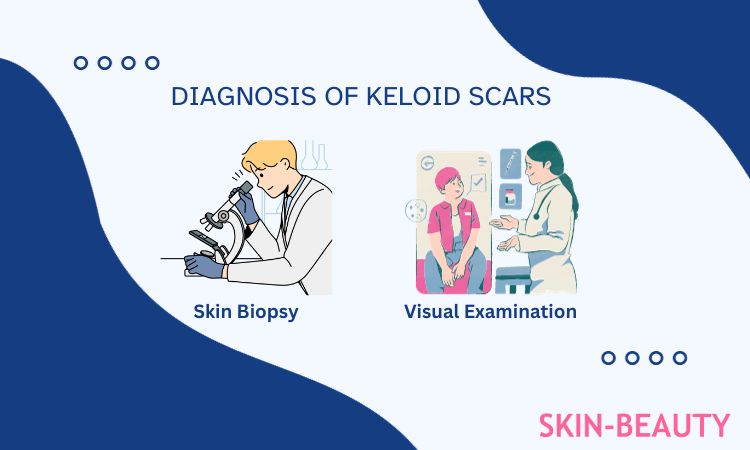
Diagnosis of keloid scars typically involves a visual examination by a healthcare professional, and in some cases, a skin biopsy may be performed to confirm the diagnosis and rule out skin cancer.
Knowing the diagnostic process for keloid scars can help individuals better understand their condition and seek appropriate treatment options.
Visual Examination
A healthcare professional can usually diagnose a keloid scar through a visual examination, inspecting the scar and examining its characteristics to accurately determine if it is a keloid. Although visual examination is often sufficient for diagnosing keloid scars, it is important to follow up with a healthcare professional if any changes in appearance or symptoms occur.
Skin Biopsy
In some cases, a skin biopsy may be performed to confirm the diagnosis and rule out skin cancer. A skin biopsy involves taking a small sample of skin from the affected area and examining it under a microscope.
While this procedure may not be necessary for all individuals with keloid scars, it can provide valuable information and peace of mind for those concerned about the potential for skin cancer.
Treatment Options for Keloid Scars
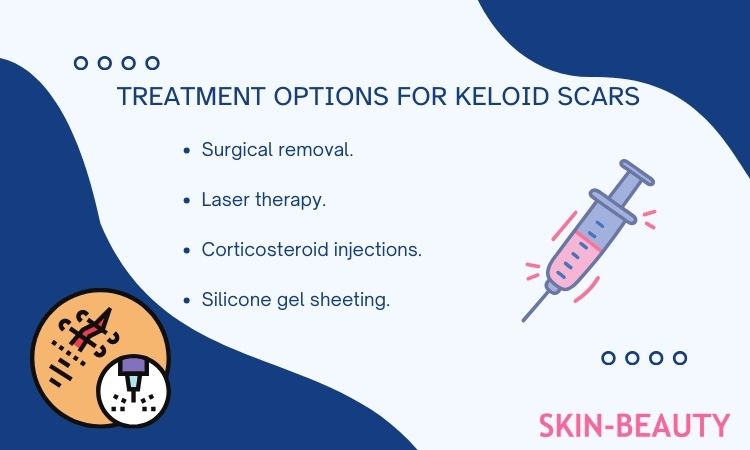
Various treatment options for keloid scars exist, including:
- Surgical removal
- Laser therapy
- Corticosteroid injections
- Silicone gel sheeting
The choice of treatment depends on factors such as the size, location, and severity of the keloid scar, as well as the individual’s personal preferences and medical history.
Individuals with keloid scars should consult a healthcare professional to consider their options and identify the most effective treatment strategy for their specific circumstances.
Surgical Removal
Surgical removal is an option for treating keloid scars, but recurrence is common. The procedure involves carefully cutting out the keloid tissue for a successful outcome. Even though surgical removal can enhance the appearance of keloid scars, individuals should be cognizant of the possibility of recurrence and converse about this likelihood with their healthcare professional.
Laser Therapy
Laser therapy can help reduce the appearance of keloid scars and alleviate symptoms such as itching and pain. The laser targets abnormal blood vessels present in keloid scars, allowing the laser energy to be absorbed and cause them to shrink, resulting in a reduced appearance of the scar.
Laser therapy, often used in combination with other treatments such as steroid injections and radiation therapy, can yield even better results.
Corticosteroid Injections
Corticosteroid injections can help reduce inflammation and flatten keloid scars, providing a great improvement in their appearance. The corticosteroid medication is injected directly into the keloid, which helps to reduce its size and improve its appearance.
Potential benefits of corticosteroid injections include improved mobility, reduced inflammation, and pain relief.
Silicone Gel Sheeting
![]()
Silicone gel sheeting can help prevent keloid formation and improve the appearance of existing scars. The sheeting is made from medical-grade silicone and is applied to the scar to help soften and flatten it.
Benefits of silicone gel sheeting:
- Prevents keloid formation
- Improves the appearance of existing scars
- Made from medical-grade silicone
- Considered safe and highly effective in the treatment of keloid scars
Before undertaking this treatment, it’s advisable to converse about the potential benefits of silicone gel sheeting with your doctor.
Preventive Measures and Self-Care Tips
Preventive measures and self-care tips for keloid scars include minimizing skin trauma, using compression and pressure therapy, and practicing good skincare. Taking proactive steps to minimize skin trauma and following a healthcare professional’s advice can be effective in managing keloid scars and reducing the risk of keloid formation.
Let’s further investigate these preventive strategies and self-care advice.
Minimizing Skin Trauma
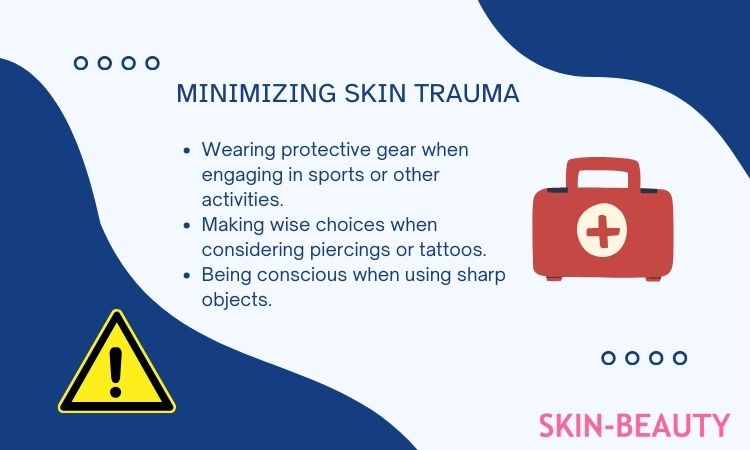
To protect our skin and reduce the risk of keloid formation, it is important to take preventive measures when engaging in activities that may cause skin damage. This includes:
- Wearing protective gear when engaging in sports or other activities
- Making wise choices when considering piercings or tattoos
- Being conscious when using sharp objects
Compression and Pressure Therapy
Compression garments and pressure therapy can help prevent keloid scars and improve existing ones. The pressure helps to:
- Flatten the scar tissue
- Reduce its thickness
- Encourage proper healing
- Help prevent the formation of keloids.
Adhering to the doctor’s instructions meticulously and refraining from excessive use of the compression garment can mitigate the risk of adverse effects.
Home Remedies and Self-Care
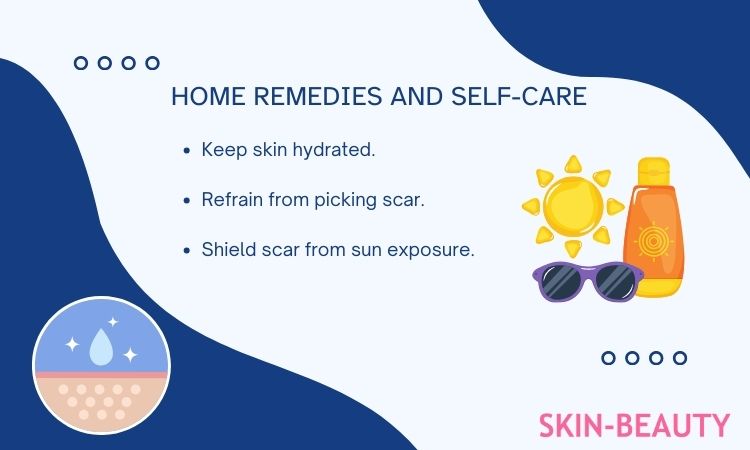
Practicing good skincare and following a healthcare professional’s advice can help manage keloid scars. To maintain the best appearance of keloid scars, one should ensure the surrounding skin itself is clean and hydrated, refrain from picking at the scar, and shield the scar from sun exposure.
Following these simple self-care tips can help individuals better manage their keloid scars and improve their overall skin health.
Emerging Treatments and Future Research
Emerging treatments and future research for keloid scars include new surgical techniques, botulinum toxin type A injections, and wound-healing research. As our understanding of keloid scars and their underlying causes continues to grow, it is likely that more effective treatments will be developed in the future, offering hope and relief to those affected by these captivating scars.
New Surgical Techniques
New surgical techniques are being developed to reduce keloid recurrence rates. These promising techniques include radical surgery with adjuvant therapy and a combination of revision surgery and steroid injections.
As the refinement of these novel surgical techniques progresses, they hold the potential to provide enhanced results for individuals pursuing keloid scar treatment.
Botulinum Toxin Type
Botulinum toxin type A injections show promise in reducing keloid formation and improving symptoms. By targeting the abnormal blood vessels present in keloid scars, the injections can help shrink the scars and alleviate associated pain and discomfort.
Further research into the use of botulinum toxin type A injections for keloid scars may provide more effective treatment options for those affected.
Wound-Healing Research
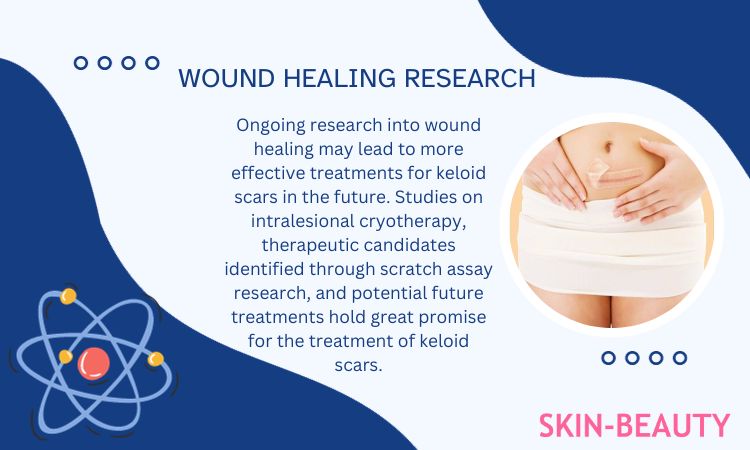
Ongoing research into wound healing may lead to more effective treatments for keloid scars in the future. Studies on intralesional cryotherapy, therapeutic candidates identified through scratch assay research, and potential future treatments hold great promise for the treatment of keloid scars.
As our understanding of the wound-healing process continues to advance, new and innovative treatments for keloid scars are likely to emerge.
Summary
In conclusion, keloid scars are a captivating and unique feature of the skin that can result from a combination of factors, such as skin trauma, genetic predisposition, and darker skin tones. Understanding the causes, symptoms, and treatment options for keloid scars can help individuals better manage their skin condition, and seek appropriate care. With ongoing research into wound healing and emerging treatments, the future holds promise for more effective therapies and improved quality of life for those affected by keloid scars. Embrace the beauty of your unique scars and remember that they are a testament to your body’s remarkable ability to heal.
Frequently Asked Questions
How do you get rid of a keloid scar?
To get rid of a keloid scar, over-the-counter topical treatments, steroid injections, superficial external beam radiotherapy, laser treatment, dermabrasion, wound care, corticosteroid cream, injected medicine, freezing the scar, laser treatment and radiation therapy are common treatment methods that can be used. Surgical removal of is also an option.
What causes a scar to keloid?
Keloid scars are caused by an overgrowth of collagen when the body produces too much in response to skin injury, such as a cut, burn, surgery, acne, insect bite, or body piercing. A family history of keloids can also increase the risk of developing this type of scar.
Do keloids go away with age?
Keloids usually do not go away on their own, however they can sometimes resolve and flatten so they no longer cause a burden. While these scars rarely completely disappear, there is still hope for improvement through multiple treatments.
Do piercing keloids go away?
Keloid bumps typically won't go away without treatment, however they may eventually stop growing.
How are keloid scars diagnosed?
Keloid scars can be easily diagnosed through a visual examination by a healthcare professional. In more complex cases, a skin biopsy may be performed to confirm the diagnosis and rule out skin cancer.
Recent Posts
-
Hyaluronic Acid Injections
Hyaluronic Acid Injections: What to Know & Non-Invasive Alternatives That Actually Work In the p …Jun 17th 2025 -
Kojic Acid Creams
My Kojic Acid Journey: How One Ingredient Transformed My Skin (And the Best Kojic Acid Creams to Try …Jun 11th 2025 -
LightStim vs. Omnilux
LightStim vs. Omnilux: My Real LED Skincare Results & Which One I Recommend LED light therapy&nb …Jun 3rd 2025

